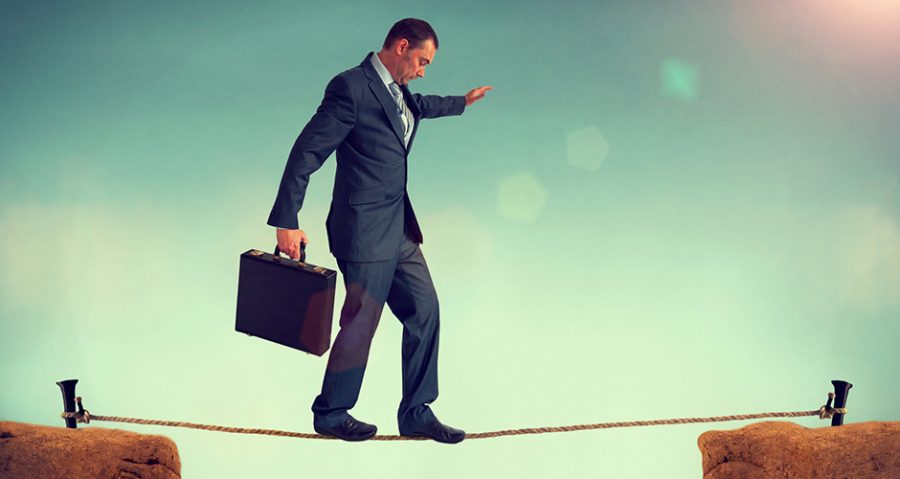

The danger of underestimating the devastating power of an image crisis
In the last two years, at least a hundred surveys have proven that a company’s reputation is its main asset. “If you lose money for the firm I will be understanding. If you lose reputation I will be ruthless” said mega investor Warren Buffett in one of his many statements as controller of the Berkshire Hathaway investment fund. All organizations are vulnerable to crises. The key issue is that some are prepared to deal with them, especially from the point of view of communication, and can overcome the situation. Others let facts and lies rise to such an extent without taking any action and end up watching their reputation and their business go downhill.
When considering all the crises that we have had in recent times, from the most serious such as the case of Samarco (Brazilian Mining Industry), to the least shocking from the point of view of exposure, we can see that many business leaders still do not give attention to the theme. It’s like walking on a tightrope, hoping that nothing will happen, emitting the mantra every day in the morning: “With us nothing ever happened, nothing ever happened to us…”. I hope it never happens, but since we cannot count on the protection of all universe Gods for all eternity, it would be wiser to take less risks and move on to a crisis prevention program. Most troubling is that companies that are most at risk from industrial disasters to regulatory issues are least likely to invest in such a robust program.
Unlike natural disasters, which often we have little control over, human errors provoke, in addition to the accident itself, crises of image very due to the adoption of improper actions, like trying to hide the fact, delaying to give a position, or giving an answer that does not have enough power to appease the damages to the reputation. In the vast majority of cases, human mistakes can be predicted and therefore avoided, and for this very reason, public opinion feels scandalized when they occur.
At a first moment of the crisis, the simplification of the probable event occurs, as if it were a great summary: “It seems that the slaughterhouses are selling their products without obeying the sanitary rules in force”, to illustrate with a recent example that surprised thousands of consumers. In the second moment, the exaggerations occur, with the increase of the more acute details and adding drama to the story. In the third stage, public opinion appropriates the story and interprets it in its own way and in accordance with its view of the world and values. If crisis management is not adequately implemented, with strong, safe and fast performance in the first or second stage, the effects on the company’s image and reputation can be devastating.
Every business needs to have an up-to-date risk map, set up a crisis committee, prepare its spokespeople to position themselves in front of the press, establish a rapid flow of communication internally, have a clear and objective crisis guidelines and count on the fundamental accompaniment of a public relations agency that necessarily must be in frequent tuning with the legal, HR and Compliance areas.
Prevention is still the best way to not having to go the hard way of an image recovery process. It is known that a company’s reputation takes years to build, and can be brutally tainted at the blink of an eye, delivering the deadliest of all the blows an organization is subjected to: the discrediting by its audiences.

G&A Comunicação Corporativa – Partner and President
Como sua marca constrói a relação com a imprensa? Uma boa estratégia de assessoria de imprensa não se limita ao envio de press releases aos veículos de comunicação. O time da G&A cultiva sólidos relacionamentos com os jornalistas há mais …Leia mais

O cuidado com a saúde mental tem sido, cada vez mais, uma importante preocupação na sociedade. O Brasil, principalmente, é o país com maior índice de pessoas com transtorno de ansiedade. De acordo com a Organização Mundial da Saúde (OMS), …Leia mais
